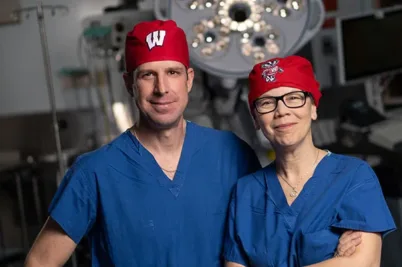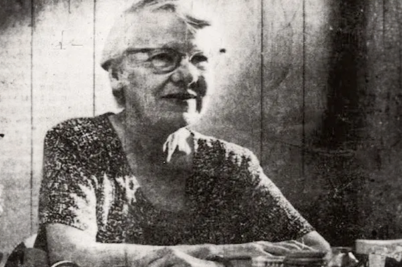Feature Story
April 17, 2024
• VOL 26 • NO 1
TRIUMPH Program Supports the Latina Community
In the words of Coretta Scott King: “The greatness of a community is most accurately measured by the compassionate actions of its members.”


